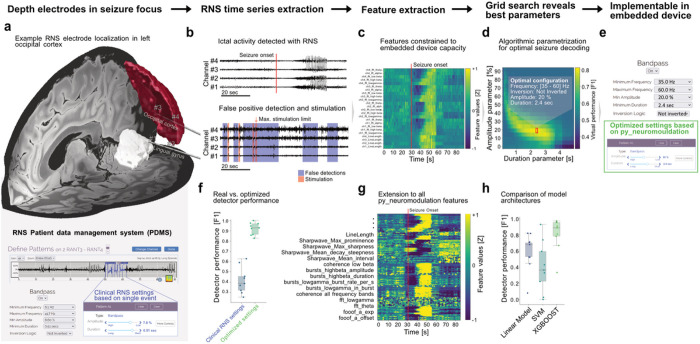Figure 4. Predictive parameter identification for seizure detection in responsive neurostimulation (RNS).
(a) RNS data was either acquired from two lead depth electrodes (eight patients) or a cortical electrode in addition to a depth electrode (one patient). Two lead depth electrodes are visualized using Lead-DBS36 for an exemplar patient. The Harvard-Oxford atlas28 parcellation shows the lingual gyrus (white) and the left lateral occipital cortex superior division (red) that are penetrated by the electrodes. (b) In an exemplary recording, from a baseline programming epoch without stimulation artifacts, ictal onset characteristics across the four recording channels are displayed (top). RNS detectors can produce false positive seizure detections even in the absence of seizure activity (bottom) that can occur so frequently that no further therapy is provided (maximum stimulation number reached), even though no ictal activity is present (as defined by the epileptologist annotation). (c) FFT and line-length features were computed similar to the embedded RNS algorithm with py_neuromodulation. The exemplary ictal recording shows clear seizure induced changes. (d) By combining these features with expert seizure annotations, optimal detection parameters were extracted in a grid-search to optimize the F1 score for seizure detection. (e) The RNS patient data management system (PDMS) provides the “SimpleStart” algorithm, in which detection programming settings are automatically inferred based on a single ictal event. Instead, we propose using optimized parameters based on machine learning models that are trained on expert annotations across hundreds of events with py_neuromodulation. This may hold the potential for improved true negative predictions and increased F1 scores (f). It can become even more promising when more complex feature sets and machine learning algorithms will be implemented in the brain implant. (g) We show that the extension to multiple additional features (e.g. bursting, fooof, temporal waveform shape, etc.) can further increase performance with robust three-fold cross-validation. (h) Gradient-boosted decision trees using the XGBOOST framework were outperforming linear models and support vector machines for seizure prediction using all computed features and may provide an optimal trade-off between complexity and interpretability in future neurotechnology.

